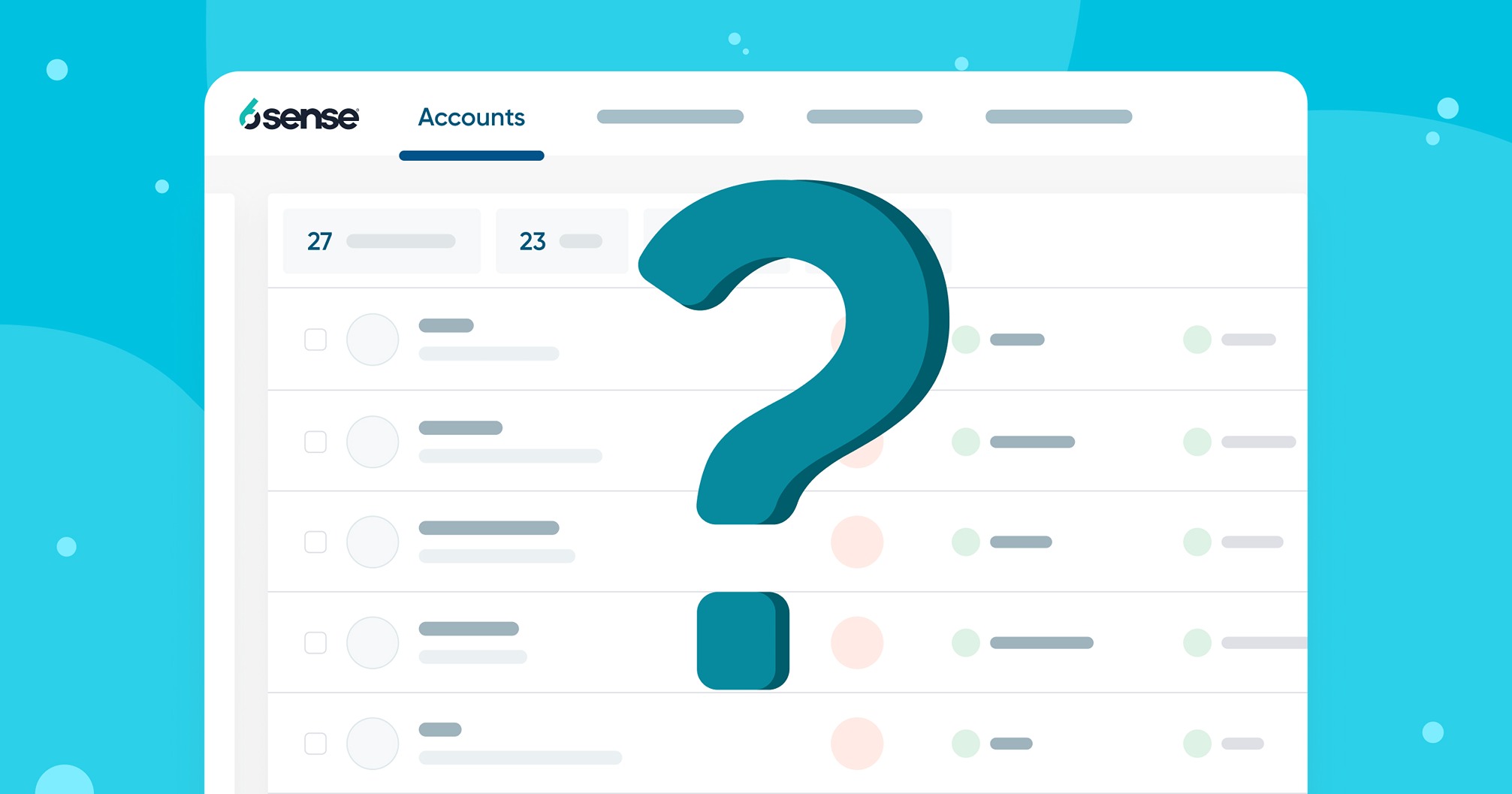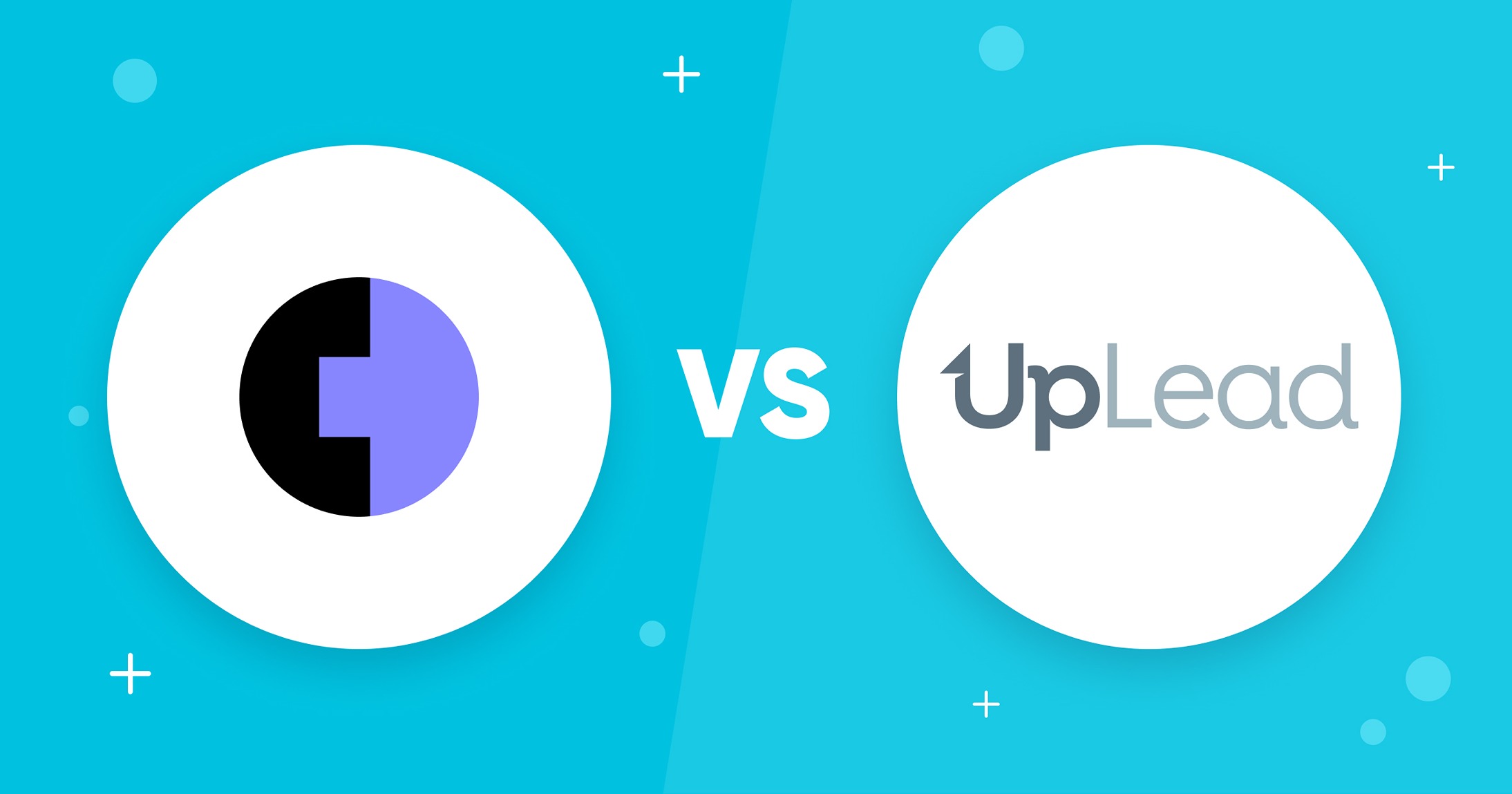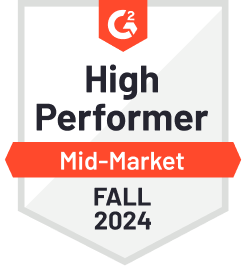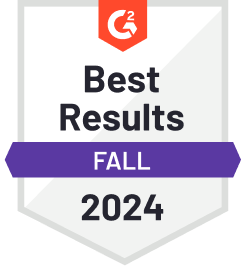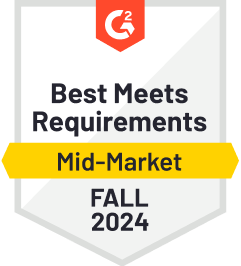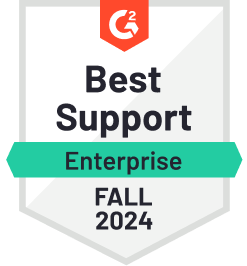If you’ve ever built a landing page, chances are, you’ll have used or at least heard of Instapage. The landing page software counts reputable firms such as eBay and Verizon among its clients, and it’s one of the biggest players in its industry. That said, CEO Tyson Quick doesn’t want consumers to think of Instapage as a landing page builder; the goal is to re-position the company as a Post-Click Optimization Platform instead.
In this UpLead Growth Chat, we sat down with Tyson to talk about how Instapage has evolved across the years, and how he intends to grow the company to hit $50MM by 2021. To jump to specific segments of our interview, click on the relevant links from the Table of Contents above.
Early career and personal growth
Will: Before Instapage, you co-founded Jounce, the world’s first referral marketing search engine. What prompted you to create Jounce?
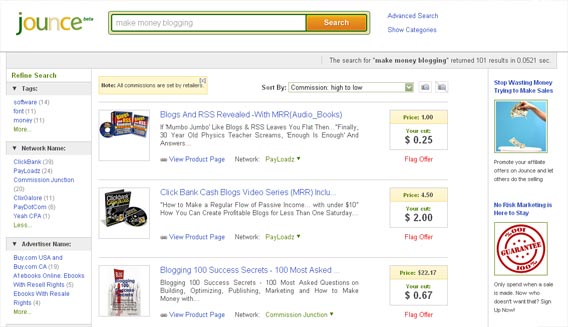
Tyson: To answer that question, I’d have to tell you about Hummingbird, which was a desktop software application I created.
Here’s the story: after I decided to open up Hummingbird to affiliate marketers, I quickly exceeded $1M in revenue. While I was experimenting with affiliate marketing, I realized I had to market my product to affiliate marketers before they would promote my product. This process didn’t seem ideal for either party, so I set out to create a better way for affiliate product discovery.
“My goal was to aggregate and index every single product or service online that could be promoted in exchange for a commission.”
Thus, Jounce was born.
Will: What did you learn from your time at Jounce? Why did you eventually pivot to Instapage?
Tyson: I learned a lot. Two of my main takeaways were —
- I couldn’t actually solve the problem that I’d built Jounce to solve, because of my limited funds and resources.
- Every single marketer doing digital advertising is losing 96%+ of their ad budget because of low conversion rates.
To expand on the second point, once I built Jounce, I started running digital advertising campaigns. I quickly realized that I was essentially throwing away all my money, because I’d only turn about 3% of those ad clicks into sign-ups.
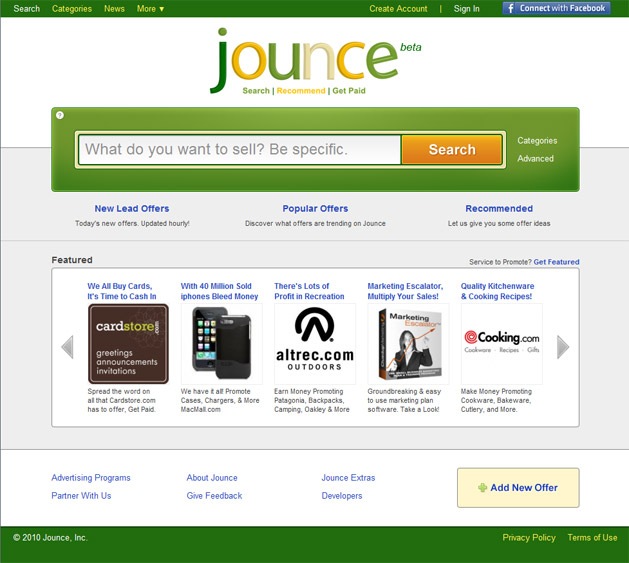
Considering the fact that I had incredibly powerful ad targeting tools at my fingertips, and that these clicks chose to engage with the ad in the first place, this seemed grossly inefficient. Eventually, I figured out that the industry, at large, was experiencing an ad-to-page relevancy problem. There was simply no way for me (or any other marketer!) to deploy unique “post-click experiences” on the same scale we were able to create targeted unique ads.
At this point in time, I felt like building a solution that could solve this problem would provide a better business model than Jounce did. After all, the global advertising market is a $250B+ industry.
Will: It says on your LinkedIn that you slept in your car in your early days of being an entrepreneur. What are some of the other struggles you’ve had to face, and what advice do you have for entrepreneurs currently in this “phase”?
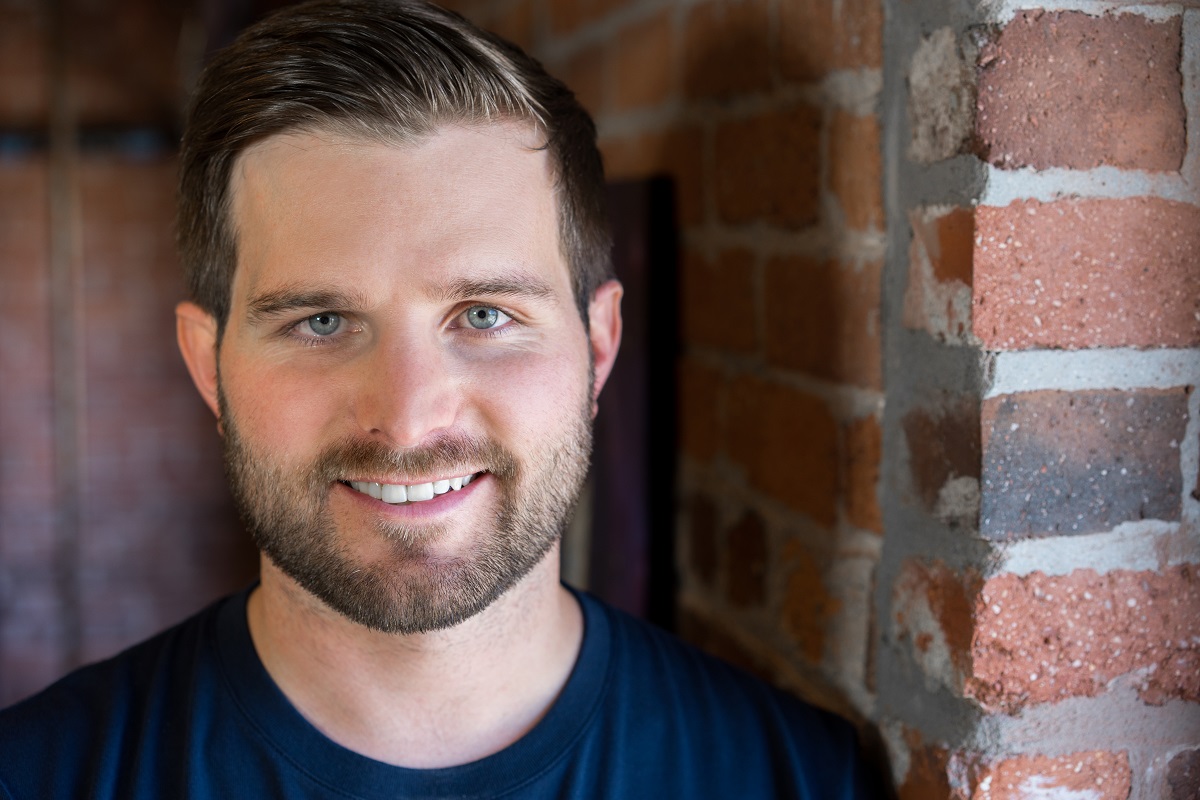
Tyson: I did indeed sleep in my car in the early days of Instapage. During this period of time, I hit the gym regularly to shower and keep myself fit, and I used public libraries as my office.
“Sleeping in my car wasn’t that bad… I was actually in great shape.”
That aside, I’ve faced many struggles as an entrepreneur. Here are some of the hardest:
- Hiring early employees with minimal resources.
- Hiring growth stage employees: VP of Marketing, VP of Sales, etc.
- Relentlessly prioritizing while bootstrapping — it’s incredibly tiring, and if you make a mistake, you might go bankrupt.
- Raising our Series A round. I had to talk to 50+ investors, some multiple times.
- Dealing with a competitor that came to market 2 years after us but established a better product-market fit early on.
- Dealing with a wave of early-stage employees leaving after the company began to grow. This ended up being good for everyone, but was difficult at the time.
- Learning how to position Instapage, and working out our product pricing and high-level message. In retrospect, I should have hired for Product Marketing much earlier than I did.
- Transiting from a 100% low cost self-serve business to a primarily enterprise driven growth strategy.
I could add many more to this list.
My advice to other entrepreneurs is to accept that —
“When you build a company, you’re going to get your ass kicked every single day.”
That said, it’s important to keep in mind that perseverance is most often what separates those who succeed from those who do not.
Another piece of advice I’d give to entrepreneurs is:
“Charge more for your product or service early on.”
Doing this will allow you to establish if you’re providing the market with real value. If that’s the case, you can move forward confidently. If not, you can get much better feedback earlier on.
Building and working with a remote team
Will: Your team is scattered across Poland, Romania, and San Francisco. What are some of the challenges that have surfaced because of this, and how have you overcome those challenges?
Tyson: Building a geographically distributed culture does have downsides, but it brings plenty of benefits to the table as well. I’d like to mention a few benefits first:
- Less competition for high-quality, motivated employees. Mostly true if you live in a hotbed such as San Francisco, Boston, or New York.
- Significant cost savings that allow you to invest more aggressively elsewhere.
- Easier for people to build meaningful relationships with each other. When the headcount is split between 3 offices, you feel like you’re at a smaller company.
- You have more global exposure to new ideas, customer opinions, etc. This is important when your product/service is sold to a worldwide customer base.
Some of the challenges are:
- Scheduling conflicts between Product Design and Engineering.
- Different cultural norms that can lead to confusion.
- Communication is more difficult when it’s a second or third language.
- The legal and financial logistics of maintaining employees in multiple countries does add complexity to business operations.

Fortunately for us, we’ve been able to overcome almost all of our challenges by:
- Using the same communication/organization tools for streamlining efficiency: Slack, G Suite, Asana, Jira, RealTimeBoard, etc.
- Conducting a monthly all hands on deck and sending out a monthly founder update video.
- Implementing an exchange program that sends our employees to one of our other locations for a few weeks after their first year.
- Making sure our operational processes are very well defined and executed on.
- Separating offices by functional units; Product Design, Sales, Marketing are in San Francisco while engineering is in Poland and Customer Success is in Romania
Will: What are your strategies for hiring remotely?
Tyson: It’s important to invest time in finding the “key person” that will manage all hiring and team unity in each local market. Personally, I look for an entrepreneurial drive when hiring — I want to hire someone who will run the office like it’s their own. To do this,
“I look for how creative and scrappy candidates are when it comes to problem solving, cost savings, prioritizing, etc.”
All in all, this process can take pretty long — I once spent 4 months finding a rockstar VP of Marketing to replace me (although this hire was based in our HQ, and not in one of our remote locations). I also spent 3 months or so hiring an additional European team leader to head our Romania office.
Will: Makes sense. How do you sift through all the contractors on Upwork and identify the badasses, though?
Tyson: I hire 15-20 people to do a similar job. This way, I can find the one who’s best suited to the job; once I do that, I evaluate their interest in becoming a full time employee with our company. I might offer them an equity stake as well.
What people get wrong about landing pages, and the evolution of Instapage
Will: What’s one of the biggest myths or misconceptions about landing pages?
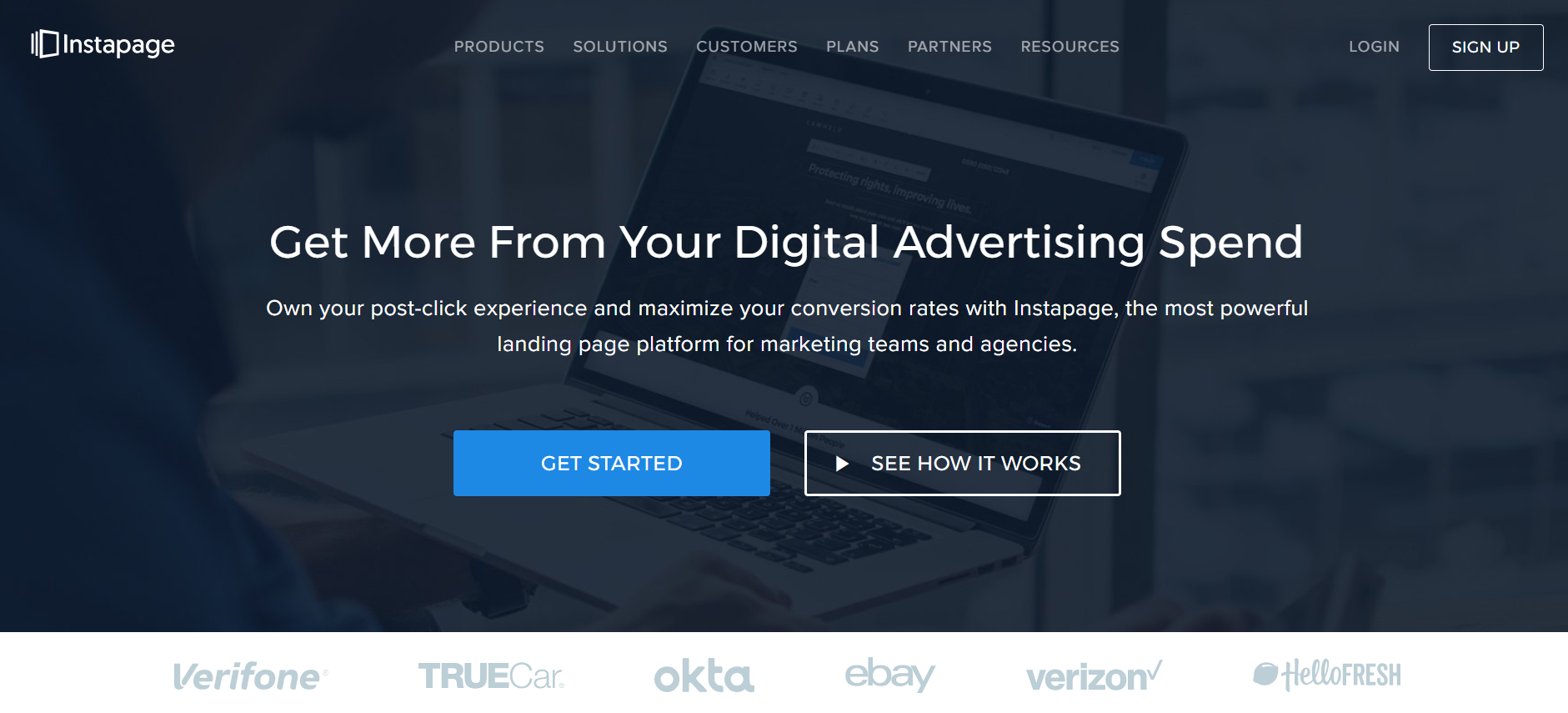
Tyson: The biggest misconception, by far, is that a landing page is any page someone might land on.
“You still see many people referring to their homepage as a landing page — that’s not a landing page, that’s just your website.”
To delve deeper into this: the entire purpose and value of landing pages are not that they serve as a location for your visitors to land on. Instead, your landing pages should present an incredibly focused message that is relevant to the context of the advertisement someone clicks on. These pages should offer one clear call to action and have zero competing navigation links.
Will: What’s one thing that you’ve invested in with Instapage, that’s generated an amazing return for you?
Tyson: Definitely Post-Click Optimization, which deals with ensuring that an ad click results in a conversion by directing visitors to a landing page that matches the ad’s message. This has the single most significant impact on our bottom line.
Will: How has Instapage evolved from when it was first launched?
Tyson: We’ve evolved in more ways than I can possibly list. However, the most significant change is realizing that Post-Click Optimization is only something a business will consider a “must have” once they exceed, say, one million dollars a year in digital advertising. This means that our potential market size is smaller, but it does enable us to hit a higher price point.
Think about it like this: if we wanted to earn $100,000,000 in revenue, we could approach it two ways…
1,000 x $100,000 = $100,000,000
100,000 x $1,000 = $100,000,000
It’s easier for us to get 1,000 customers to pay us $100,000 per year, instead of trying to get 100,000 customers to pay us $1,000 dollars a year. Bearing this in mind, we’re laser-focused on serving bigger, more sophisticated enterprise teams and agencies.
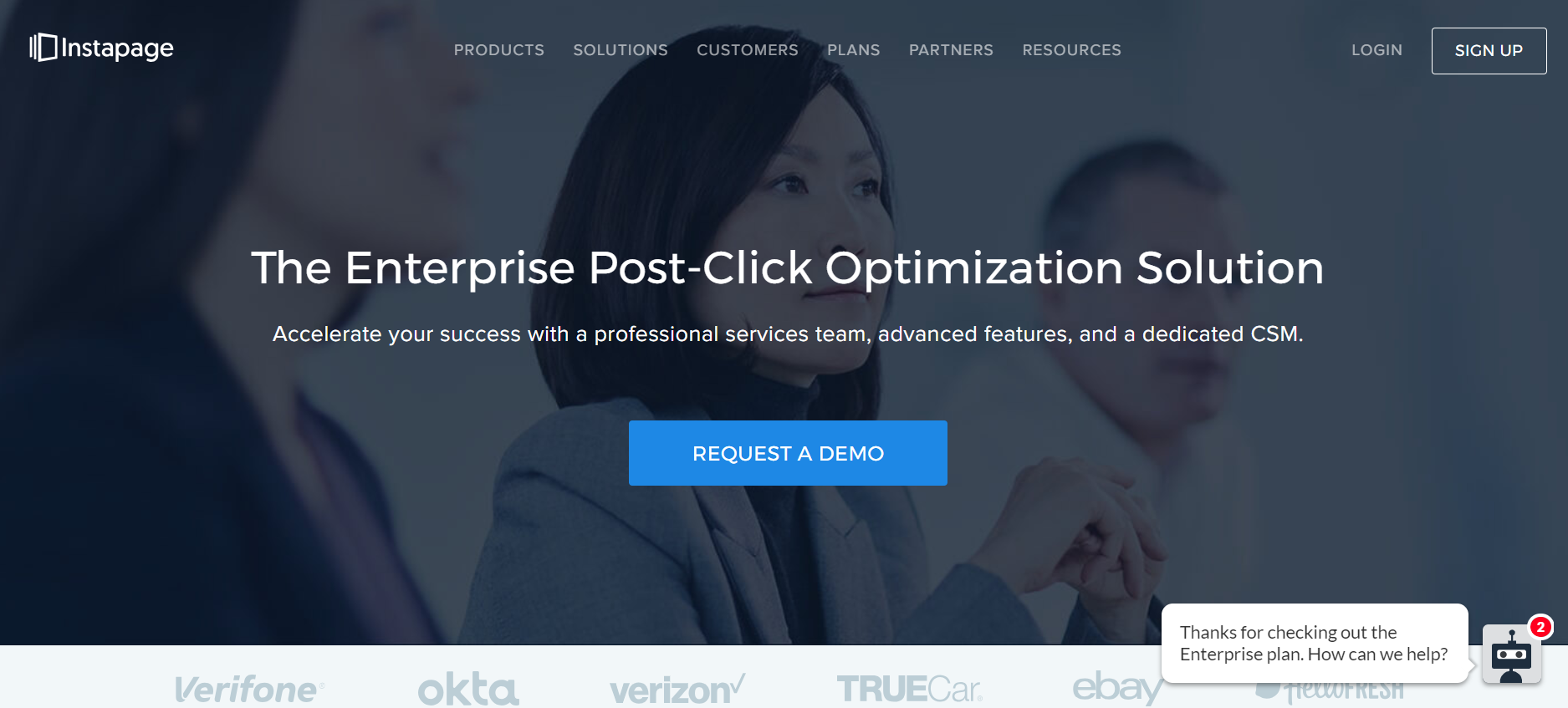
Will: What is the one thing that the team struggled with the most in Instapage’s early days? What is the thing that you’re struggling the most with right now?
Tyson: In the early days, none of us understood product marketing very well. This causes all sorts of problems with product feature prioritization, your go to market strategy, pricing and more.
“Today, our biggest challenge is changing the public perception of Instapage.”
Instead of being known as a Landing Page Builder, we want to position ourselves as a Post-Click Optimization Platform. Essentially: Instpage doesn’t exist to build a page, we exist to increase your post-click conversions. It’s all about deploying a unique experience for every single ad, and being able to run sophisticated experiments to drive conversions even higher.
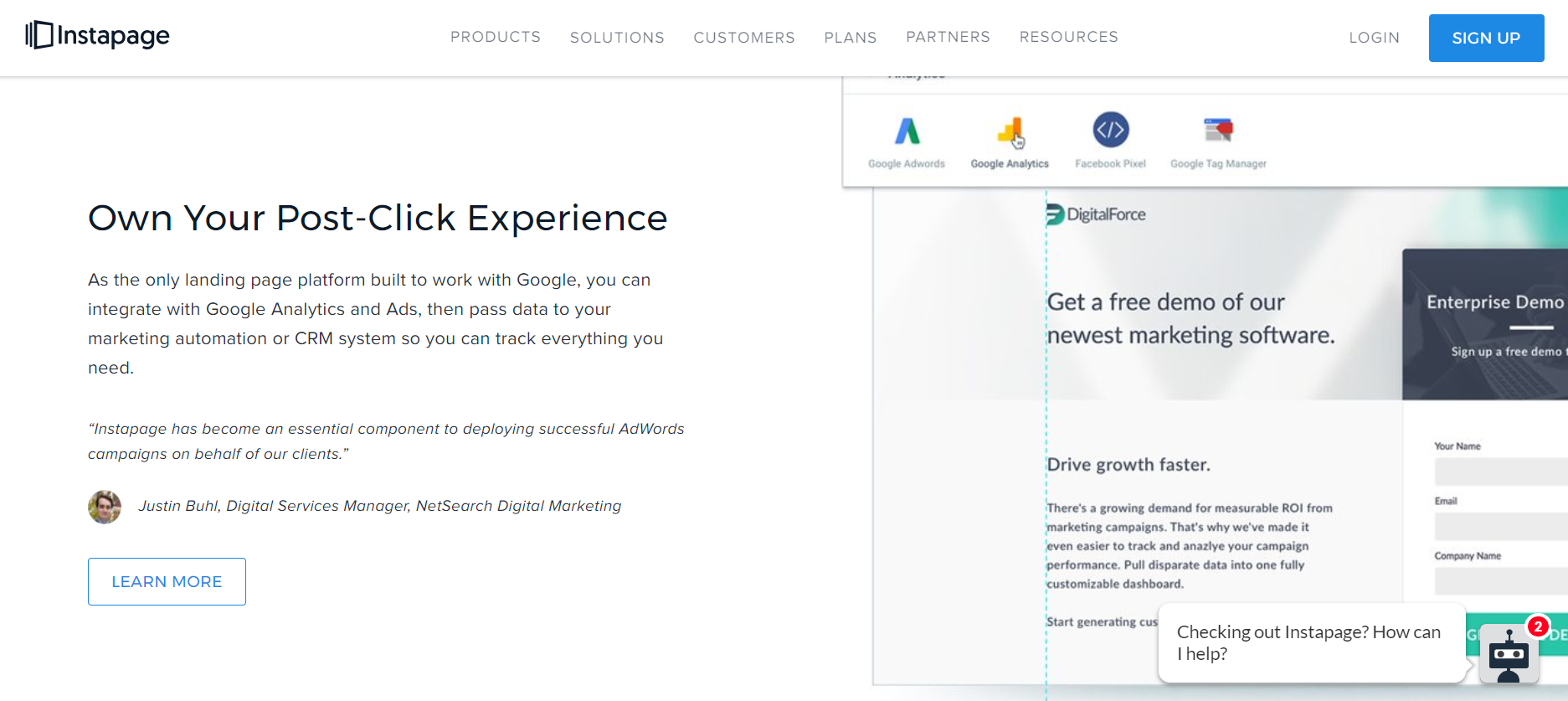
How Tyson intends to grow Instapage to hit $55MM in revenue in the next three years
Will: What is Instapage doing in yearly revenue now? What are your revenue goals or other goals moving forward?
Tyson: We’ve chosen not to share our revenue numbers publically. However, I can say that we’re aiming to hit fifty-million dollars in annual revenues within the next three years. If we continue at the pace of growth, we will.
Will: What channels do Instapage’s marketers rely on? What percentage of your marketing budget do you put in each channel?
Tyson: For PPC, we use Google Ads & LinkedIn Advertising. We’ve also heavily invested in content marketing since day one. All in all, we put well over $1M into digital advertising per year, and we invest at least $400-$500k on content marketing annually as well.
“Organic traffic brings us the most significant ROI, but it’s a bit of a slow-burner.”
Will: Instapage is pretty active on YouTube. What’s your YouTube strategy, and how has it worked out so far?
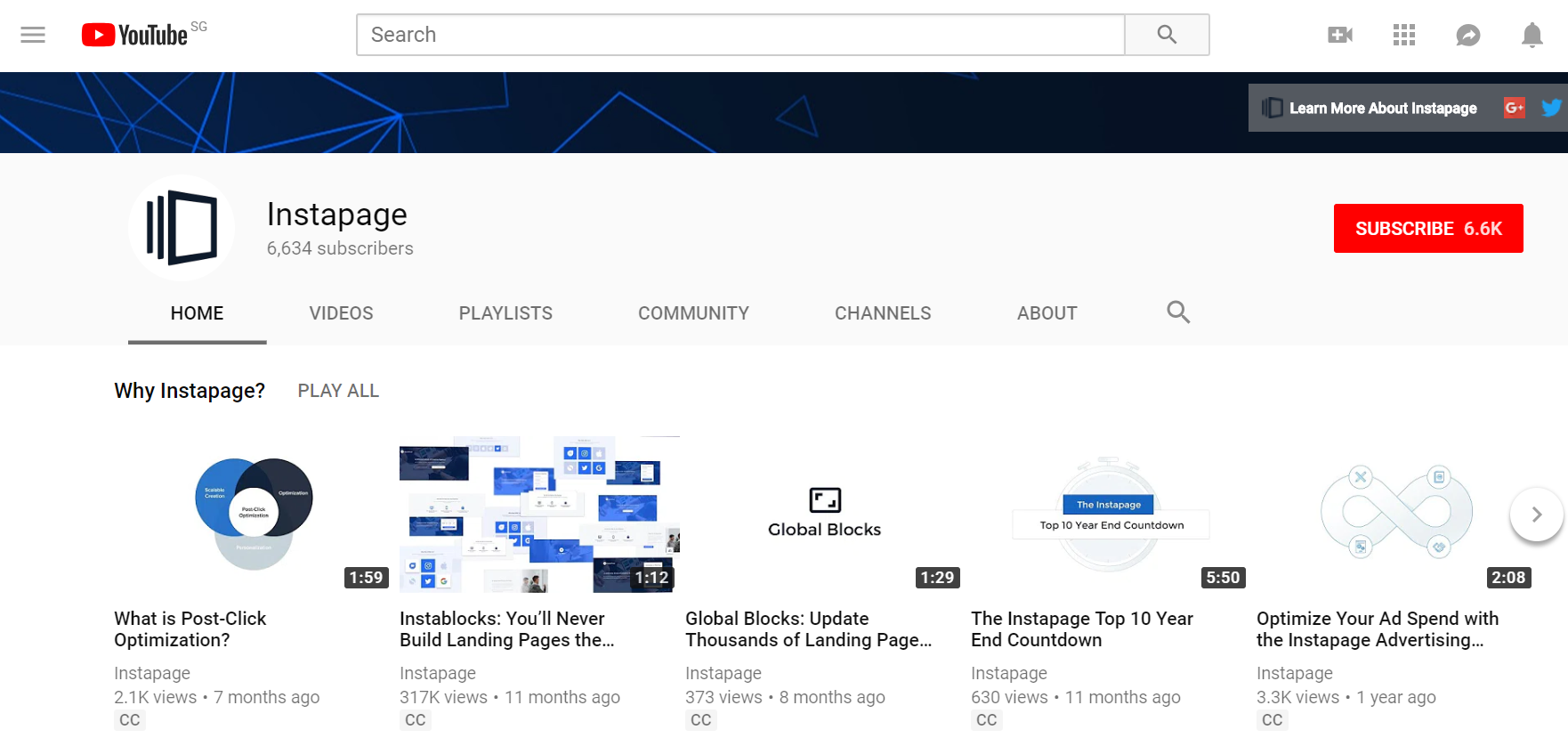
Tyson: We use our YouTube videos primarily for product marketing. There is no better way to pitch your product than to do so in a more stimulating way. Here’s how I’d put it:
“If images are worth a thousand words, videos are worth ten thousand.”
Think about the number of movies you watch per week, and benchmark this against the number of books you read. It’s clear to me that getting video right is a strong competitive advantage.
Will: How does Instapage reduce churn and increase retention?
Tyson: By continually refining our target customer persona and industries. This allows us to add more meaningful product features and deliver more relevant marketing.
Will: What three factors would you attribute Instapage’s success to?
Tyson: Perseverance, hiring the right people, and building a SaaS product in a large and expanding market.
Will: What are the three most important metrics that Instapage monitors?
Tyson: Number of deals closed, Average revenue per user, and Gross Churn.
Lifehacks, sources of inspiration, and tips on relaxation
Will: What is your favorite lifehack? (Business or non-business related).
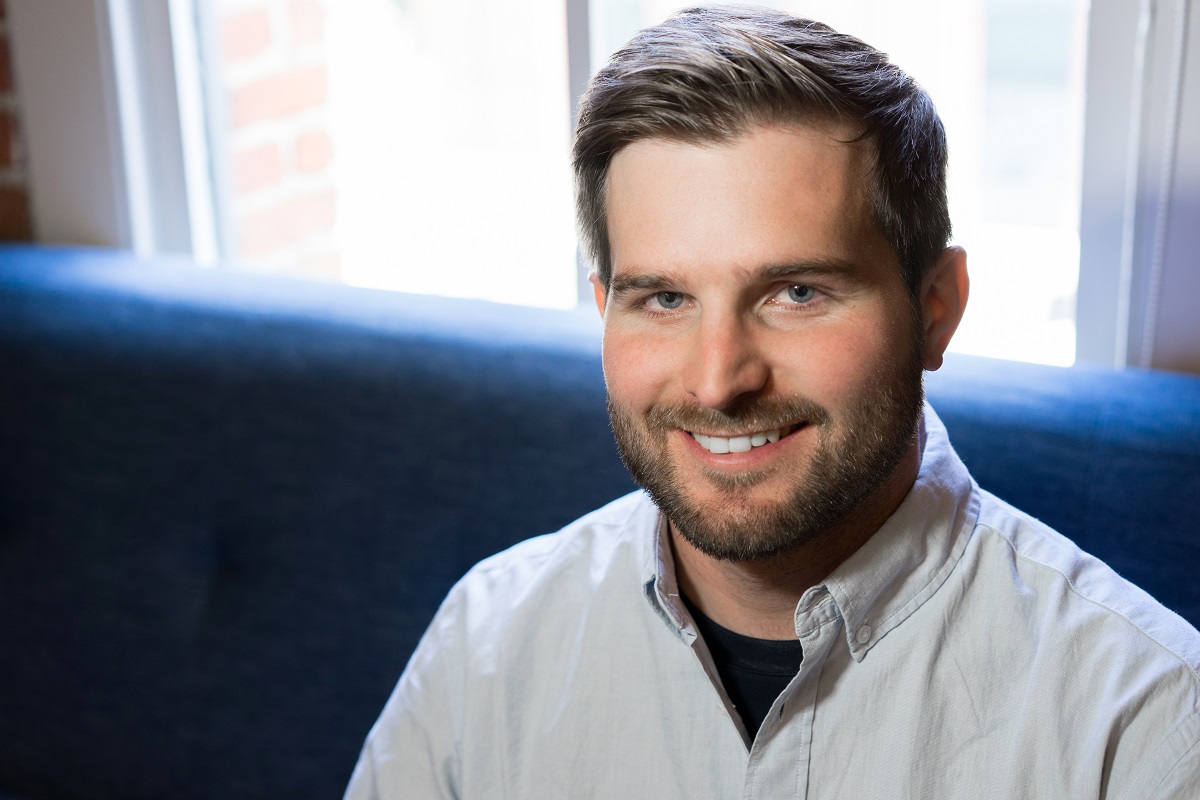
Tyson: I have two — firstly, spend more time hiring and less time trying to do everything yourself. You won’t save money in the long run.
Secondly, take vacations. What’s the point of achieving all that success, if you don’t take time off to have meaningful experiences and cultivate relationships?
Will: Which entrepreneur, leader or business owner inspires you the most?
Tyson: At this point, it seems impossible to not say Elon Musk. He is solving some of the most challenging problems that exist, and he has a way of making complicated things seem absurdly simple. Also, it’s fascinating how Musk seems utterly uninterested in money (outside of its ability to allow him to do cool things).
Will: What business tool would you find it hard to live without?
Tyson: Instapage, of course!
Biased opinions aside, G Suite has made the fundamentals (email, scheduling, document storage, virtual meetings, login management) a piece of cake. I couldn’t live without it.
Will: If you had $100,000 to invest in one public company, what company would it be?
Tyson: I do, but I’m not investing it in a public company or the public market at all right now.
I believe the tax reform-driven, trillion dollar stock buyback bonanza this past year has kept the public market valuations artificially high. I expect a stronger market correction throughout 2019 and 2020, so I’ll buy back in closer to the bottom.
In the meantime, I’d invest in Bitcoin which has already corrected from its all-time highs. Bitcoin aside, I’d also put some money in gold to hedge against a recession, and keep the rest of my cash in an inflation-beating 2% annual savings account.
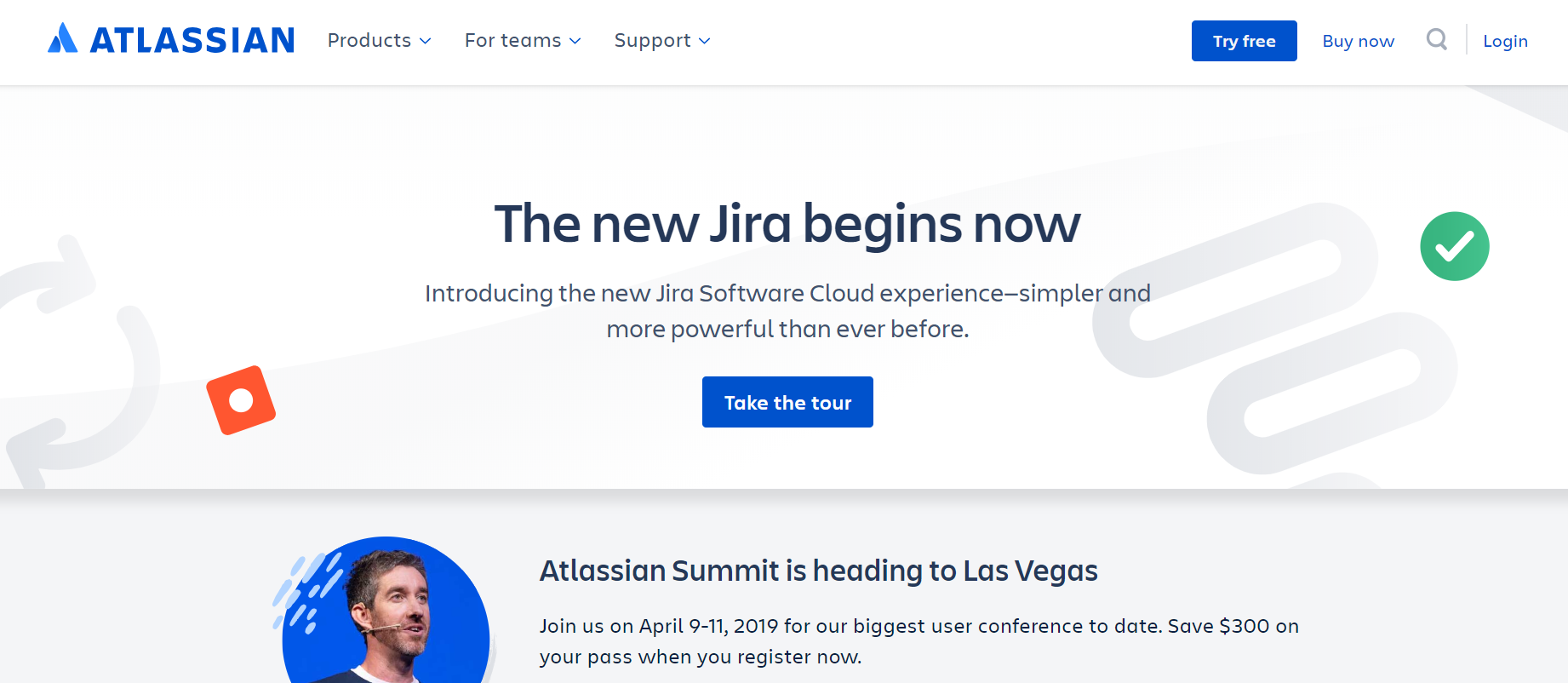
Once the public markets correct, I’ll buy back into newer SaaS leaders like Atlassian, HubSpot, DocuSign, etc. I’ll also invest in Tesla — as long as they stay above water, and don’t go bankrupt, I believe they’ll be the next Apple.
Will: What do you do to de-stress and relax?
Tyson: Watch YouTube, Go to festivals like Burning Man, and travel frequently.

